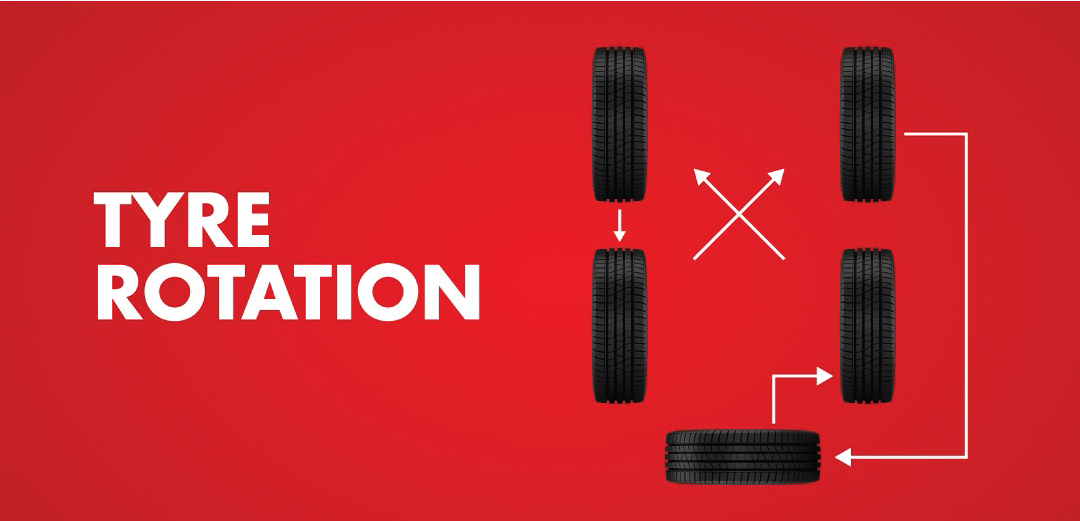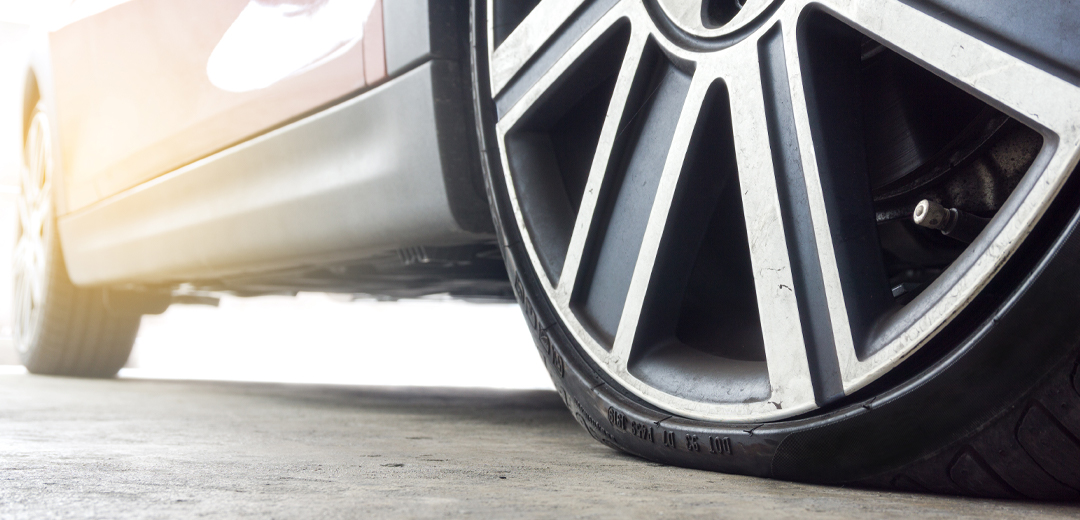
To ensure both your safety and the longevity of your car's tyres, it is crucial to keep them in good condition. One routine maintenance task that plays a significant role in maximizing performance and extending tyre life is tyre rotation. In this blog post, we will delve into the importance of tyre rotation and provide detailed instructions on how you can easily do it yourself. By understanding the significance of tyre rotation and following these simple guidelines, you can optimize your investment and enjoy a smoother and safer drive.
Importance of Tyre Rotation:
Tyres experience different loads and wear patterns depending on their position on the vehicle. Front tyres bear the weight of the engine, endure greater strain during braking, and are subject to increased wear from turning. Over time, these factors can result in uneven wear and tear, leading to reduced traction, decreased fuel economy, and compromised handling. Tyre rotation plays a crucial role in balancing these wear patterns, promoting uniform tread wear on all four tyres, and ultimately increasing their lifespan.
Improved Safety:
Uneven tyre wear can adversely affect handling, grip, and overall safety, especially in emergency situations. Properly rotating your tyres helps mitigate these risks and ensures consistent performance across all tyres, enhancing your safety on the road.
Increased Traction:
Uneven tyre wear contributes to reduced traction, which can be particularly hazardous on wet or slippery roads. Regular tyre rotation allows all tyres to maintain optimal tread depth, thereby improving grip and providing superior control in various driving conditions.
Extended Tyre Lifespan:
Tyre replacement can be a costly expense, making it worthwhile to maximize the lifespan of your current set of tyres. By regularly rotating your tyres, you can distribute wear evenly, prolonging their life and delaying the need for premature replacement.
How to Rotate Tyres on Your Own:
Performing your own tyre rotation not only saves you money but also enables you to stay on top of your vehicle's maintenance. Follow these step-by-step instructions:
1. Gather the Required Tools:
Before you begin, ensure you have all the necessary tools, such as a jack, jack stands, lug wrench, and torque wrench.
2. Determine the Rotation Pattern:
Rotation patterns vary depending on the type of vehicle you own, so identify the appropriate pattern. Common rotation patterns include front-to-back, side-to-side, and the "X" pattern. Consult your car's owner's manual or seek professional advice to establish the correct rotation pattern.
3. Loosen the Lug Nuts:
Start by slightly loosening the lug nuts on each tyre. This will make it easier to remove them once the vehicle is lifted.
4. Raise the Vehicle:
Use the jack to lift your car off the ground. For added safety, secure jack stands under the chassis.
5. Remove and Rotate the Tyres:
Carefully remove each tyre and rotate them to their designated position according to the rotation schedule. Pay attention to any specific instructions provided by the tyre manufacturer or your car's owner's manual.
6. Hand-Tighten the Lug Nuts:
Once the tyres are in their new positions, hand-tighten the lug nuts. Lower the car to the ground and use a torque wrench to tighten the lug nuts to the recommended specifications.
By following these steps, you can confidently perform tyre rotation on your own, saving money and ensuring optimal tyre performance.
Tyre rotation is an essential maintenance task that significantly impacts tyre performance and longevity. By understanding the importance of tyre rotation and following the outlined steps for DIY rotation, you can enhance safety, increase traction, and extend the lifespan of your tyres. Regular tyre rotation empowers you to make the most of your investment while enjoying a smoother and safer driving experience.
.jpg)


Armstrong Tyre's Guide to Safe Summer Driving in MEA: Tips, Tricks, and Tyre Safety
13-Jul-2023
Read More

